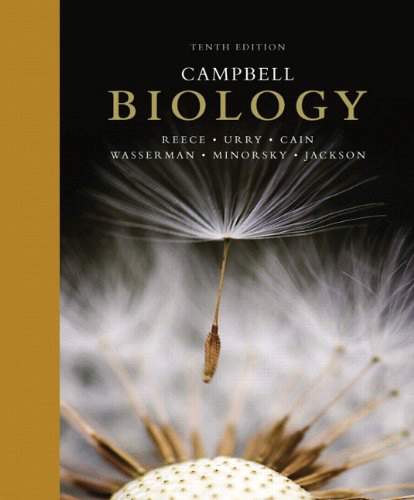Connecting...

This is a quick preview of the lesson. For full access, please Log In or Sign up.
For more information, please see full course syllabus of Biology
For more information, please see full course syllabus of Biology
Biology Mammals
Lecture Description
In this lesson, our instructor Bryan Cardella gives an introduction on mammals. He explains mammary glands and hair, metabolic chacteristics, mammalian organs and reproduction, and infraclass marsupialia. He then moves on the discuss the following orders: order monotremata, insectivora, chiroptera, xenarthra, rodentia, lagomorpha, carnivora, proboscidea, sirenia, order c, artiodactyla, perissodactyla, and primates.
Bookmark & Share
Embed
Share this knowledge with your friends!
Copy & Paste this embed code into your website’s HTML
Please ensure that your website editor is in text mode when you paste the code.(In Wordpress, the mode button is on the top right corner.)
×
Since this lesson is not free, only the preview will appear on your website.
- - Allow users to view the embedded video in full-size.
Next Lecture
Previous Lecture










































 Answer Engine
Answer Engine

0 answers
Post by Bryan Cardella on May 1, 2014
NOTE: When I stated that killer whales "exclusively feed on fish", I should have said that they exclusively feed on animals. Yes, fish will be eaten by them, but they have been known to eat much larger organisms, like seals!